Peninsula
Encounters
+ Wildlife Cruise
PRICES NZD:
Adult: $220
Child (5-14yrs): $155
SUMMER TIMES:
1 Oct - 31 Mar
2:00pm to 8:30pm
TOUR DEPARTS:
20 Fryatt Street,
Dunedin
WINTER TIMES:
1 Apr - 30 Sep
11:00am to 6:00pm
-
Bus from Dunedin, out over the Otago Peninsula. Enjoy postcard views of the harbour and coast as you travel past quaint communities and rural farms.
Spot wading birds as your mini-bus explores around the inlets and the wetland eco-systems.
Your tour will visit a remote Otago Peninsula beach. A short walk from the mini-bus will provide dramatic views of rugged coastal cliffs, offshore islands and perhaps some huge sea lions.
The trip continues to Wellers Rock Wharf, for a one-hour Wildlife Cruise. You’ll travel out of the harbour, around Taiaroa Head, and out to sea. Watch royal albatross glide across the water and return to their breeding colony. Beneath a historic lighthouse is a colony of playful furseals. You’ll spot other rare seabirds and maybe blue penguins or other marine mammals.
Guests are also welcome to bring pre-packed food & drink on tour with them. We recommend having a good sized lunch before the tour departs Dunedin.
The final stop is at a Yellow-eyed Penguin conservation reserve. Visit the on-site rehab centre before entering the reserve. You’ll take trails through native bushland, walking to different viewing hides scattered around the reserve. We hope to watch as the world’s rarest penguin returns ashore and interacts around it’s nest. Throughout the tour your guide will also discuss the conservation work being done to help save this special penguin species.
The tour ends with a relaxed drive, following the harbour, back to Dunedin.
-
Inclusions:
Bus tour over the Otago Peninsula and around the Harbour.
Explore around Hoopers & Papanui Inlet ecosystems .
Visit a remote beach in search of sea lions.
60-minute Wildlife Cruise around Taiaroa Head and out a short way to sea.
90-minute walking tour through a yellow-eyed penguin conservation reserve.
Exclusions:
Food is not provided. You are welcome to bring your own food and drink on tour with you.
-
We ask that our guests check-in at our 20 Fryatt Street, Dunedin office 15-minutes before the scheduled start time of your tour. Free carparks are available around this location.
Accommodation pickups can be requested from central Dunedin hotels, motels, backpackers, holiday parks and the iSite Visitor Centre.
We can also collect people from Larnach Castle or Portobello Store on the Otago Peninsula.
Sorry, no Airbnbs or private residences.
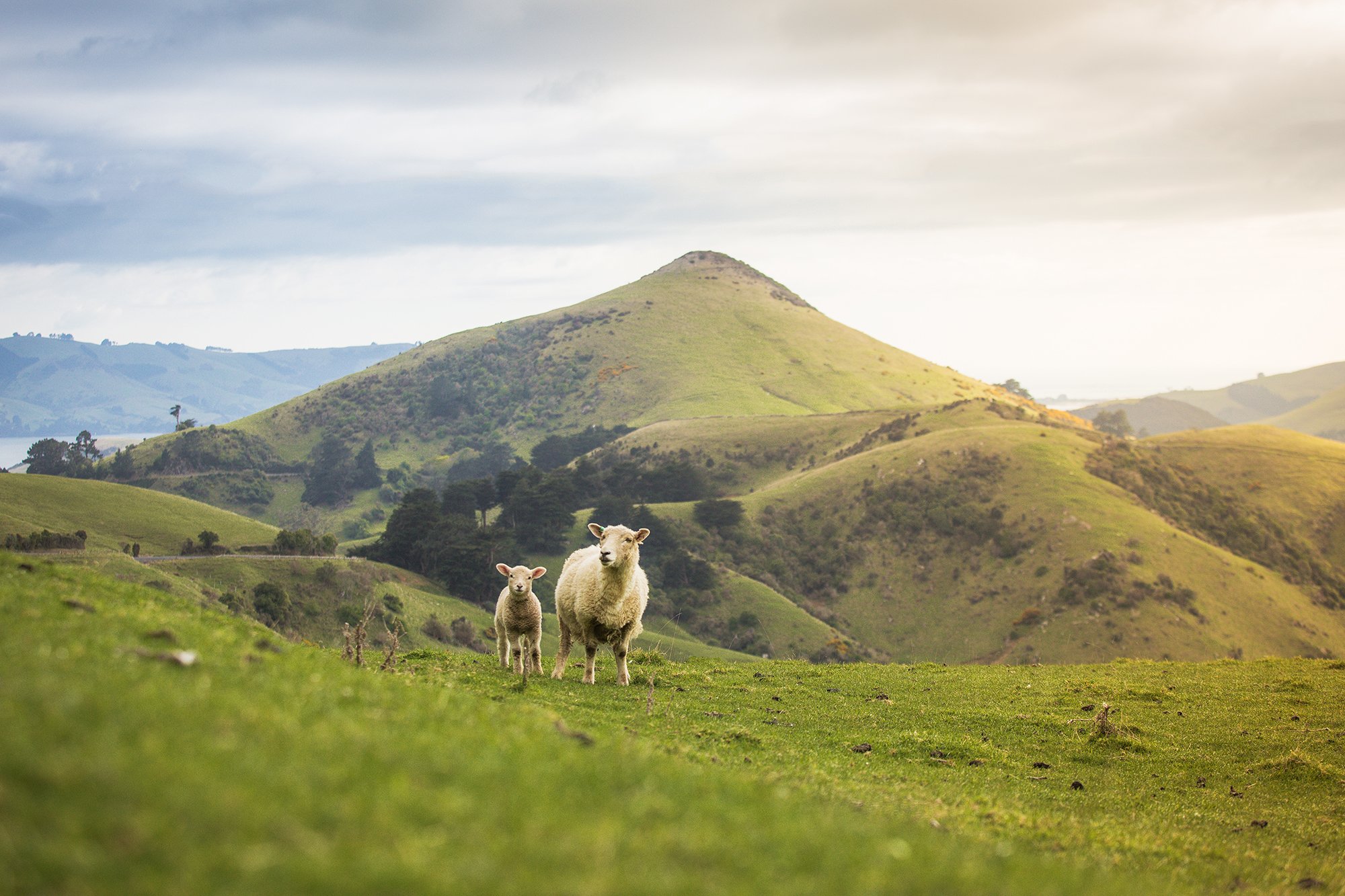

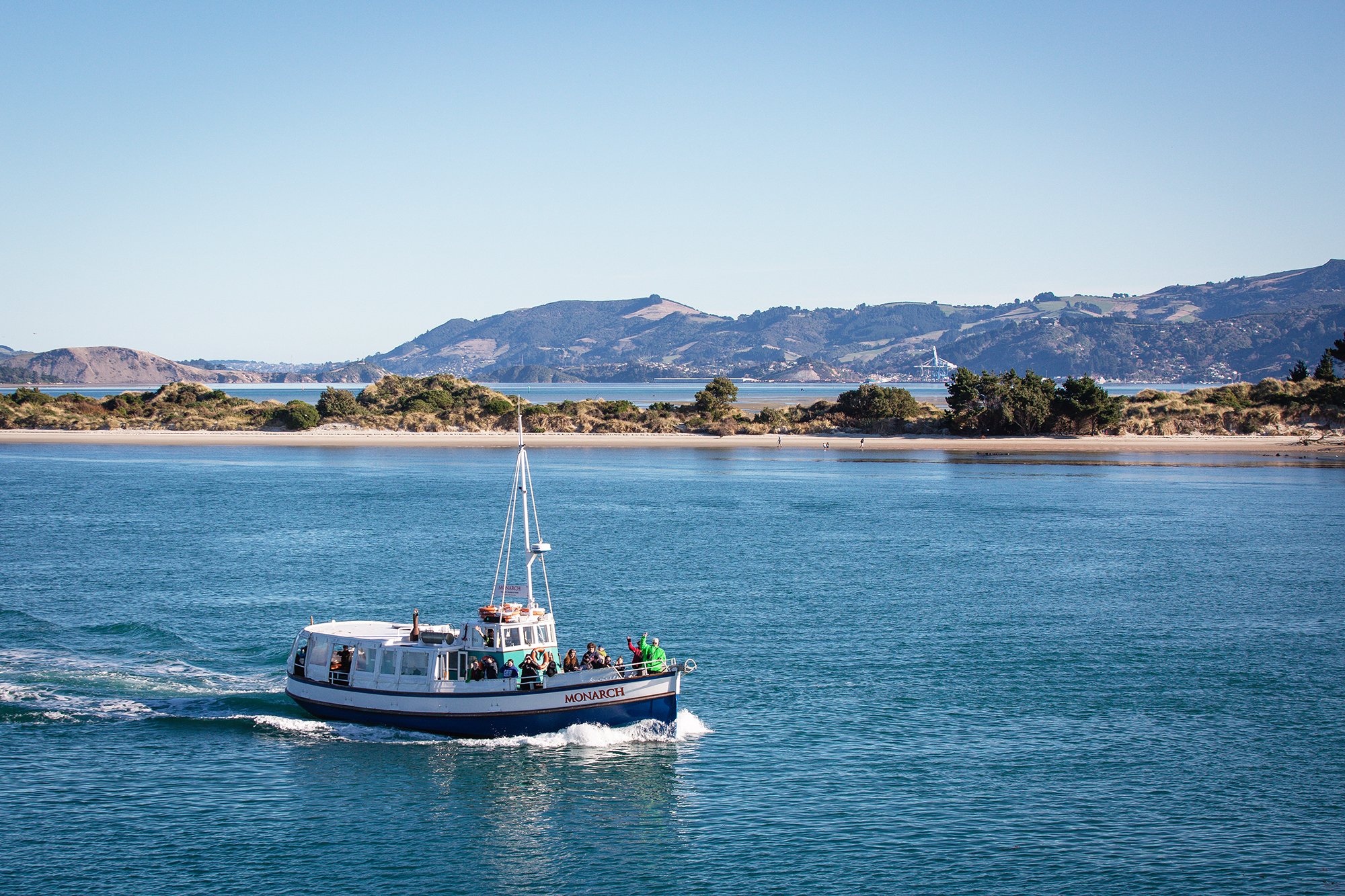
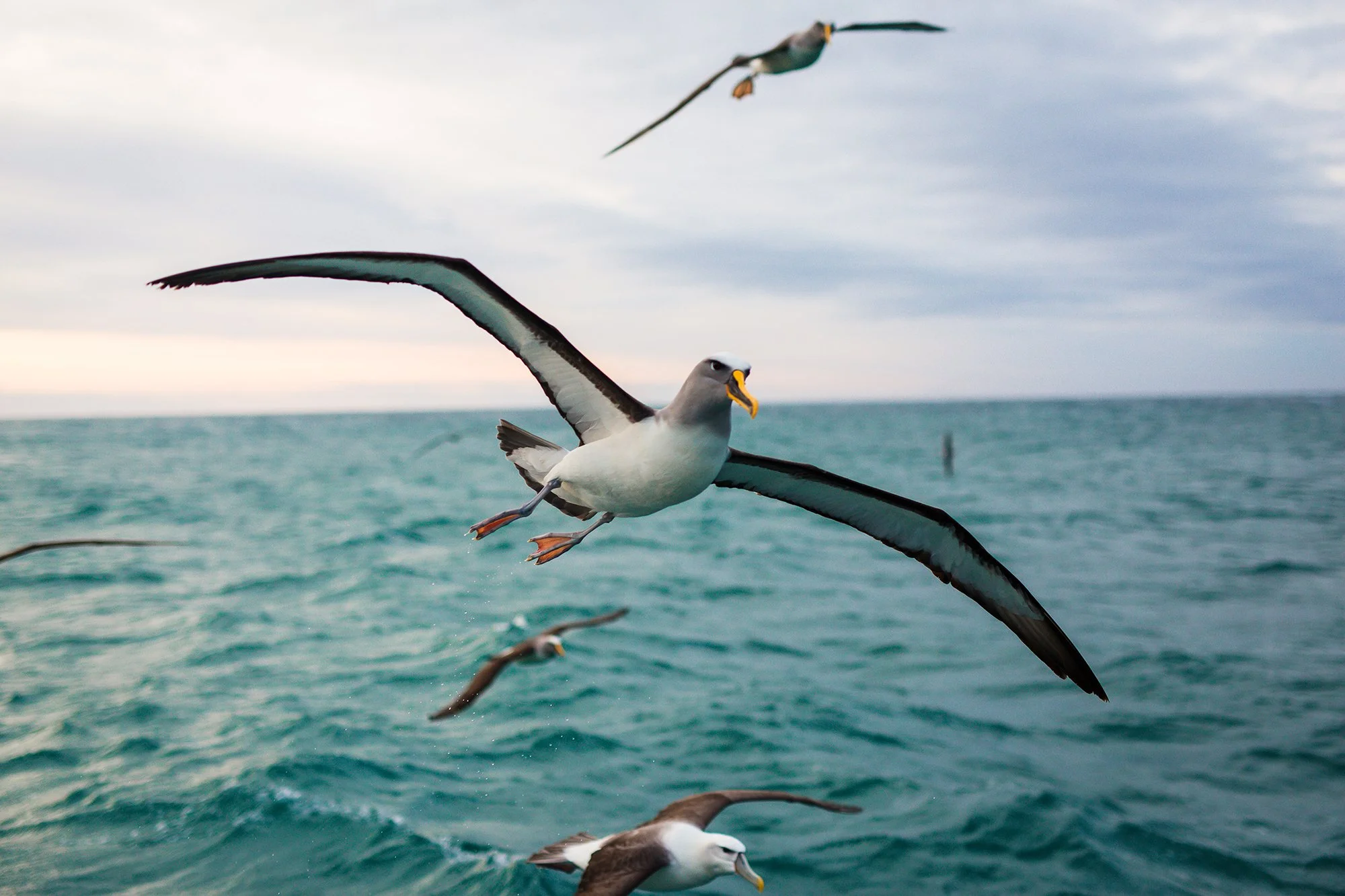
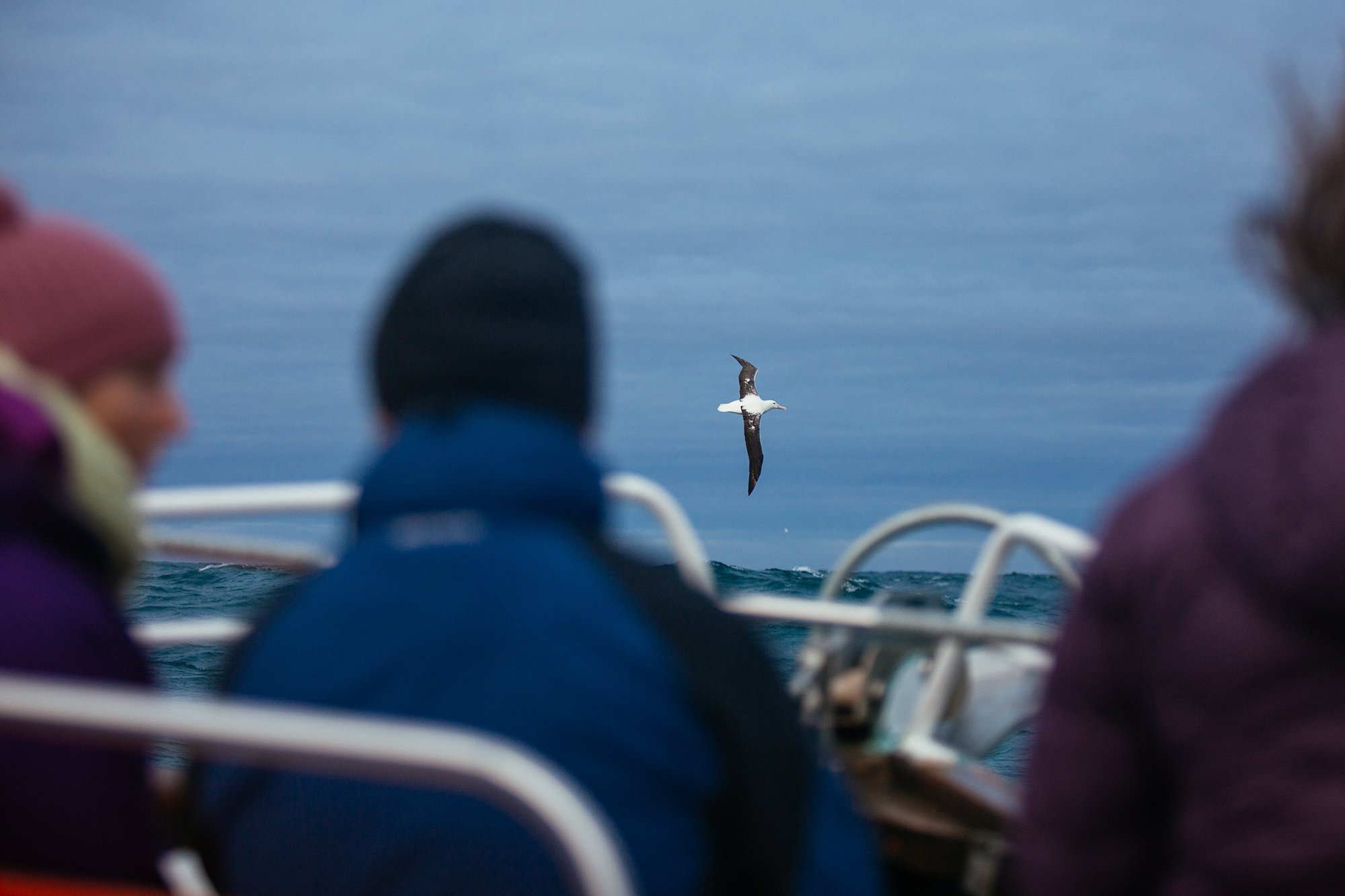
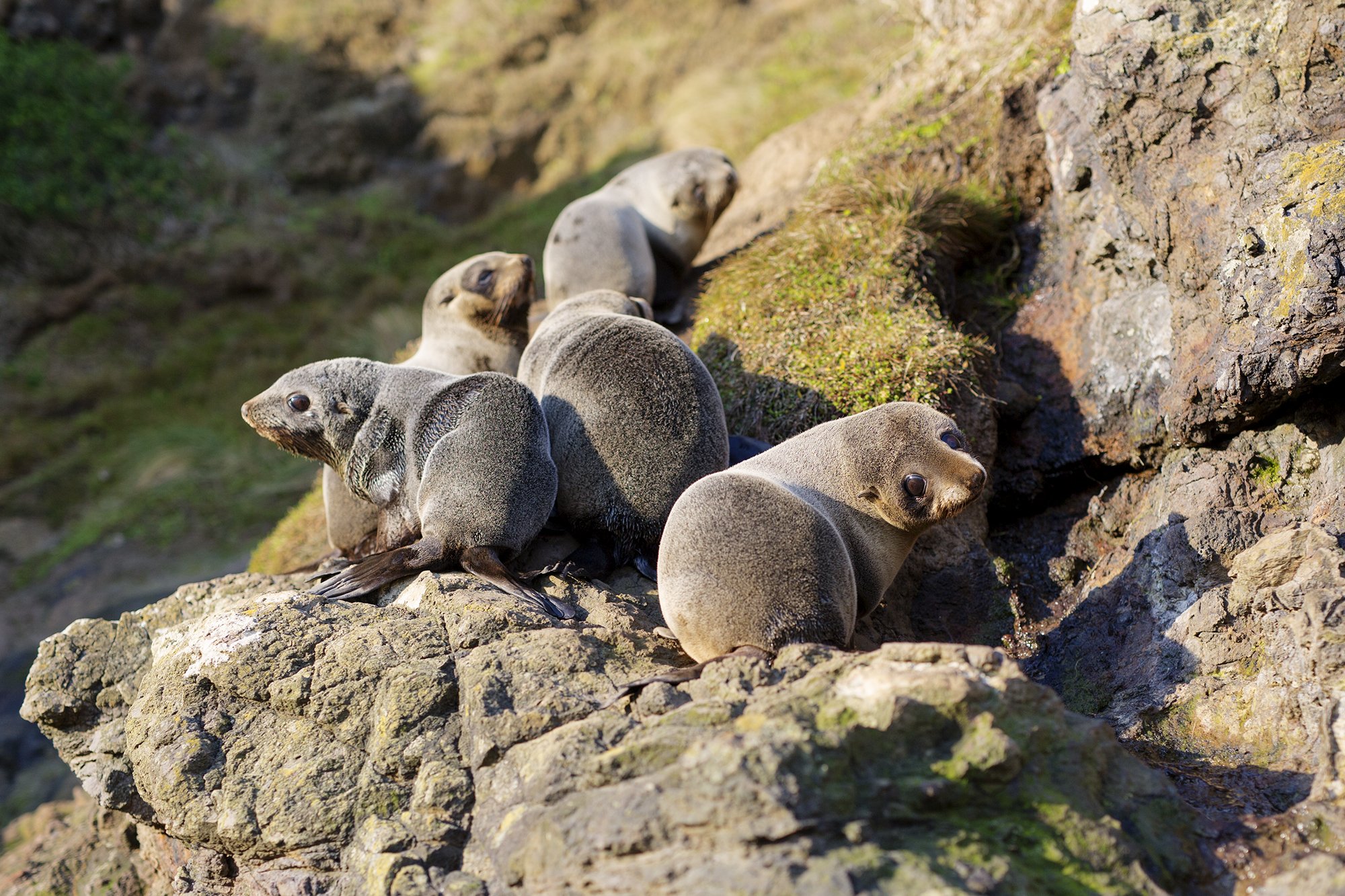
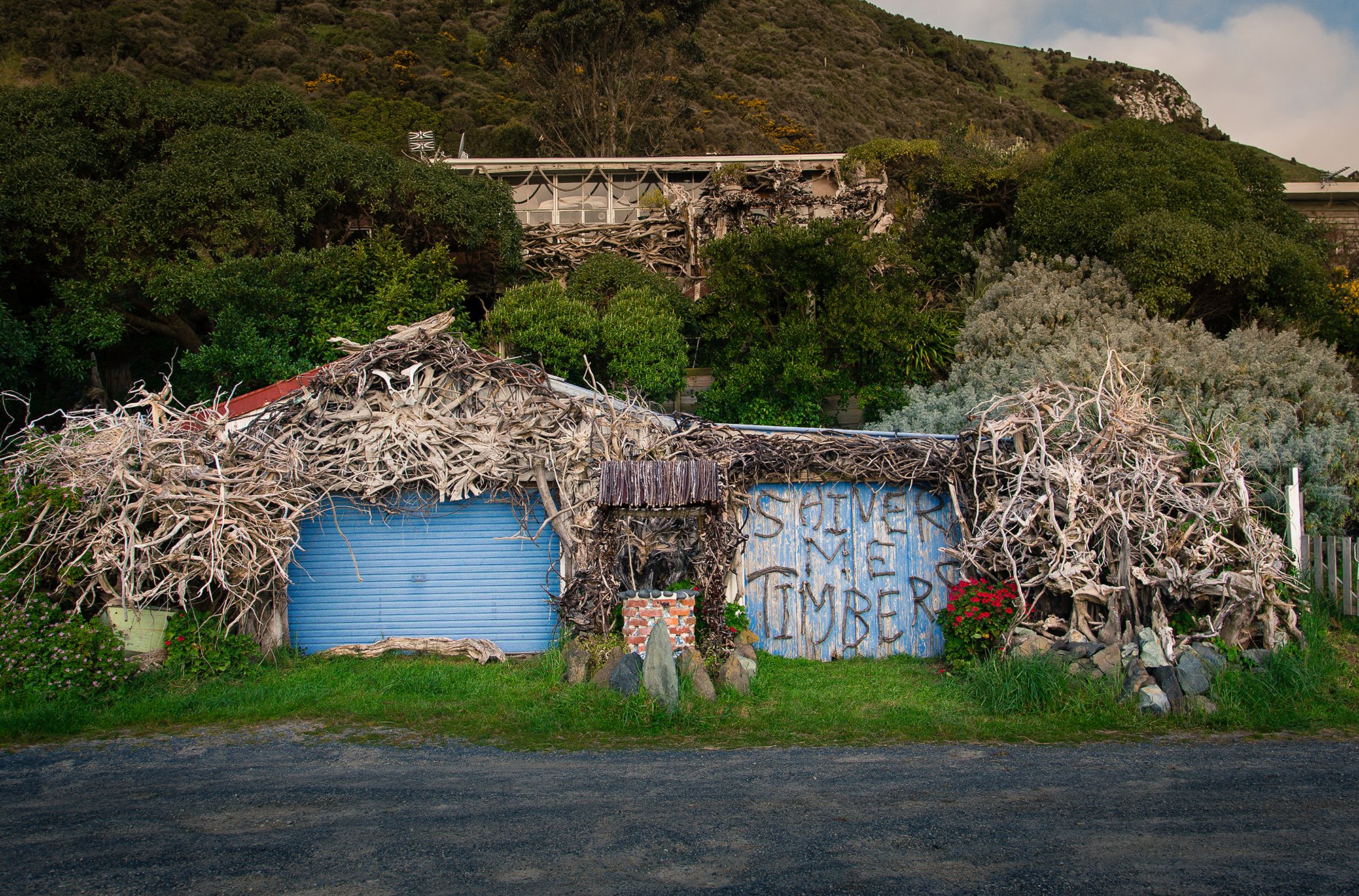
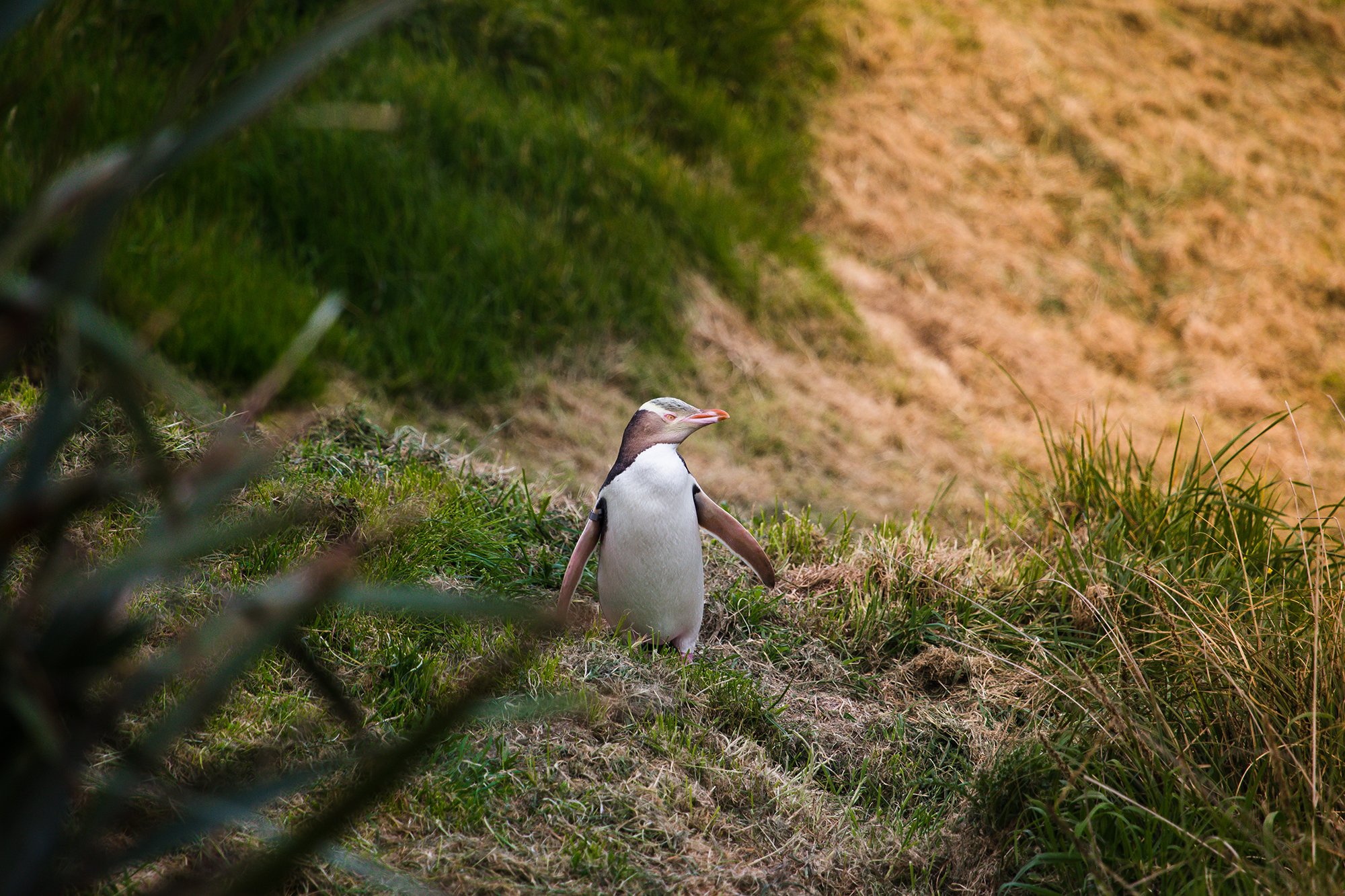
Frequently Asked Questions
-
The area we cruise around is fairly sheltered from swell, however some wind and tide combinations can cause a little rock and roll.
Seasickness medication can be purchased pre-trip from local pharmacies if you’re concerned.
-
Don’t worry if the forecast is for a cold, wet or windy day, the albatross love it. They won’t stop for rain and neither do we. The best viewing often comes from the wilder days.
-
Dress warm for the days forecast and bring a waterproof layer. The weather can be unpredictable at times and we highly recommend being ready for all conditions.
We suggest wearing sturdy and comfortable footwear. During the tour you may walk between two to three kilometres on bush tracks, grass and soft sand. You’ll need to be able to walk up sets of stairs
-
A meal is not provided during this tour, you are welcome to bring your own food & drink on tour with you.
We recommend having a good-sized meal before checking-in and joining the tour
-
Unfortunately not, wildlife viewing is never guaranteed. We will always do our best to ensure the best possible viewing chances.
Yellow-eyed Penguins are the rarest of all the world’s penguin species. Unfortunately, numbers are currently in decline and viewing does vary throughout the year and day-to-day.
Your tour patronage supports the ongoing conservation work to help save these special birds.
-
Unfortunately, this tour is not suitable for people with limited mobility or wheelchair users.
-
The tour is long and not suitable for some children (generally infants). It visits sensitive conservation areas where noise levels need to be restricted. Ultimately, we allow parents to decide if their child is up for it.

